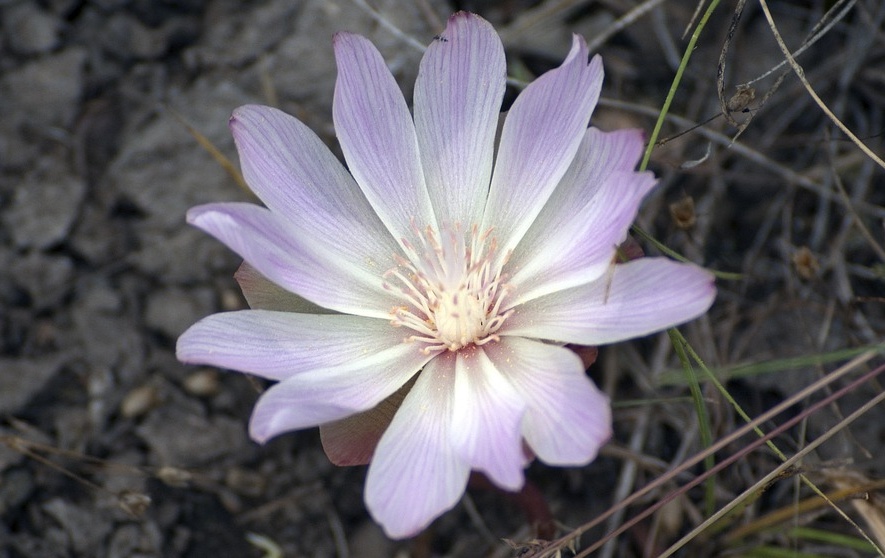Pedagogy of the soul is what naturally happens when we professors descend from our comfortable hideout in our scholarly brains to reinhabit our open hearts. It is what effortlessly arises when we stop exclusively focusing on our students’ mental development and start meeting the whole persons before us in our classrooms with the whole persons that we are.
Pedagogy of the soul begins where the usual higher education considerations leave off. DEIB is always an essential prerequisite. As is the diversification and globalization of the curriculum, integration of active learning methods, and an emphasis on student success. These are immensely valuable approaches in creating a just and welcoming classroom, and they lay the groundwork for everything to come. But, they are just the beginning.
The classroom must be an inclusive, accessible, and student-centered learning environment. Once those essentials are fully implemented, a pedagogy of the soul can build upon these solid foundations to also transform the classroom into a space of healing as well. A space where students can be seen and empowered — and where they can discover themselves — as the unique individuals that they are.
Fostering this kind of environment starts with us bringing our own wholeness into this space. This means radical transparency and radical presence. Our students aren’t brains in vats, but neither are we. Are we brave enough to share our own stories, our humanity, our vulnerabilities? Are we present enough to unflinchingly inhabit our bodies in this space? Are we clear enough in our own motives and methods that we can allow others to look behind the curtain and understand how and why everything in this class is being put together? Is our commitment to our own self-care and self-discovery strong enough to hold space for others while they go through their own processes of transformation?
If the answer to these questions is ”yes,” then the next step is to align our course materials, syllabus design, assignments, and all other dimensions of our course with the priorities of soulfulness. To get started, we might incorporate small moments of mindfulness, self-reflection, deep listening, or embodied learning throughout the semester (particularly recommended at the beginning and end of each class period). We might develop assignments that ask students to engage deeply, not just with their thinking minds but with the whole range of mental, physical, and spiritual perspectives they possess as human beings. We might try ungrading. Over time, we will slowly release our attachment to the safety and predictability of learning outcomes. We will stop seeing our job as simply redressing deficits. Little by little, as we begin to make space in the classroom for emotions, for dreams, and for inchoate soulful rumblings, an unpredictable world of self-discovery begins to open.
Here are some considerations to think about as you wade into a more soulful pedagogy. Each one is a kind of meditation or inquiry that can inspire you to deepen into this endeavor:
- What is one memory you hope that students will take away from your class and still retain 50 years from now?
- What is the single most transformative insight that you’ve gained from all of your years studying your specialization, which remains meaningful to your life beyond academia?
- What is the single most impactful piece of writing you have ever read, which speaks to universal concerns and would be accessible to an 18-year old? How can you make a connection that allows you to assign it in this class?
- Who was your kindest or most compassionate mentor, and what particular approaches of theirs can you borrow/emulate?
- What aspect of your personal life are you least likely to share in academic spaces, and how does holding that back inhibit your relationships at work?
- How closely can a group of young people bond in the space of one semester, and how could you foster that level of connection?
- What is the best possible way to use face-to-face classroom time if the goal is for students to discover their deepest selves?
- How does your own field understand the soulful, numinous, ineffable, or mystical side of human experience? How can you talk about this within your own disciplinary frameworks without dampening any of the mystery?
